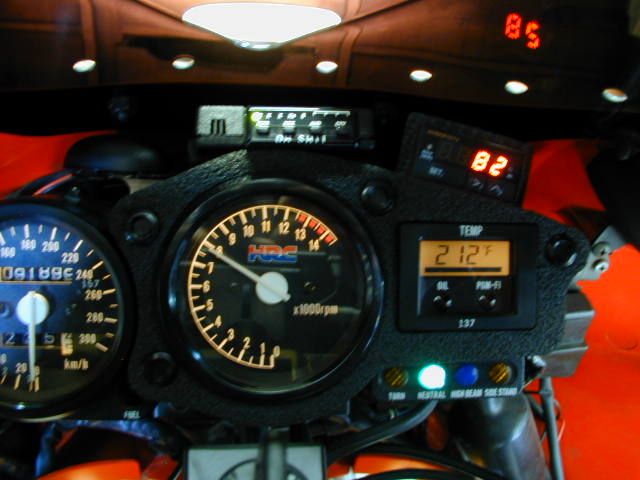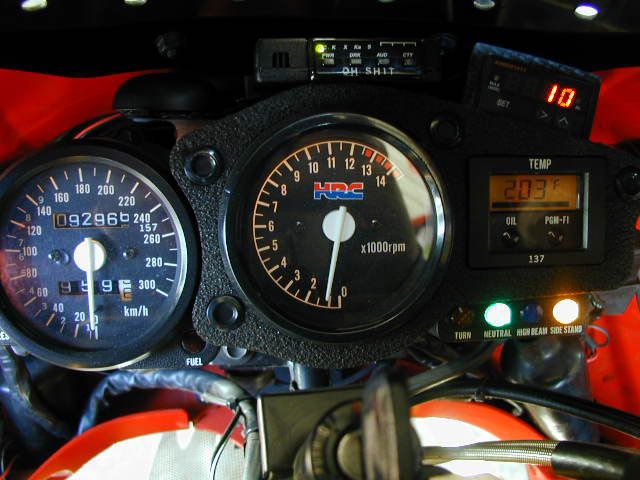Roland1
Thread starter
Another informative one. Haha yes I'm in Alberta! Not that we race in winter or anything. The only reason behind going with the 0wXX is the likelihood that there is more group iv/v base stock to achieve the 0w. I suppose M1 euro 0w40 is known to have more pao poe than some other oils.First - forget about using any oil that is rated Energy/ Resource Conserving. Only use wet-clutch rated motorcycle oil JASO MA/ MA1/ MA2.
Then, know what kind of oil temperatures you are getting during usage, and match it to ambient temperature and race length. This can help decide when it's appropriate to go up a grade, or when it's more advantageous to blend in some higher viscosity oil of the same brand and type.
Your friend is correct, ester oils will protect your engine and transmission more reliably than the rest at the extreme usage limit, and will limit the amount of gear- clutch- and heat-related shear compared to other types of oils.
Motorcycle Ester Oils:
Bel-Ray EXS 4T
Fuchs Silkolene Pro 4
Maxima Maxum 4 Extra
Millers NanoDrive 4T
Motul 300V Factory Line 4T
Penrite Ten Tenths MC 4ST
Redline High Performance/ Racing Motorcycle Oil 4T
Torco T-4SR Super Sport
I'm willing to admit I do not know the entire universe of ester-based oils, so there may indeed be a few others that I have not mentioned.
Used to be some of the ester oil manufacturers would produce 100% ester, now most blend in some degree of poly alpha olefins (PAO) for hydrodynamic friction reduction, but also for cost-savings. Even so, they are still top shelf oils and many of the pros, especially in endurance racing, use them.
Not sure it was adequately answered, but in a racing application, use at least a 10W in whichever oil you select. Going to a 0W or 5W will likely result in more viscosity index improver, which is the main element in viscosity shearing. The top brands I've listed still use the best base oils, no need to worry about that like you would with an automotive application, unless... you're racing in cold weather (Alberta province?).
Also, the OP's requirement to find the most reasonably priced product, like it's only going to just be a little bit more than the Walmart/ Canadian Tyre sale price for regular motor oil: Sorry guy, the best costs a lot more - in US $, in the range of $18 - $30 per liter.
However, on the upside, these types of oils *might* last for more than one race weekend, but testing/ analysis would be required to prove that wear metals can still be in a tolerable range (but more $ for analysis).
I guess it's a balance of all things that need to be considered.
Two engines blew up last race round. Both engines were running premium oil. One engine a highly modified race engine. Another a higher mileage stock 750cc, this one had motul 300v in it. Guess it's time was up.


